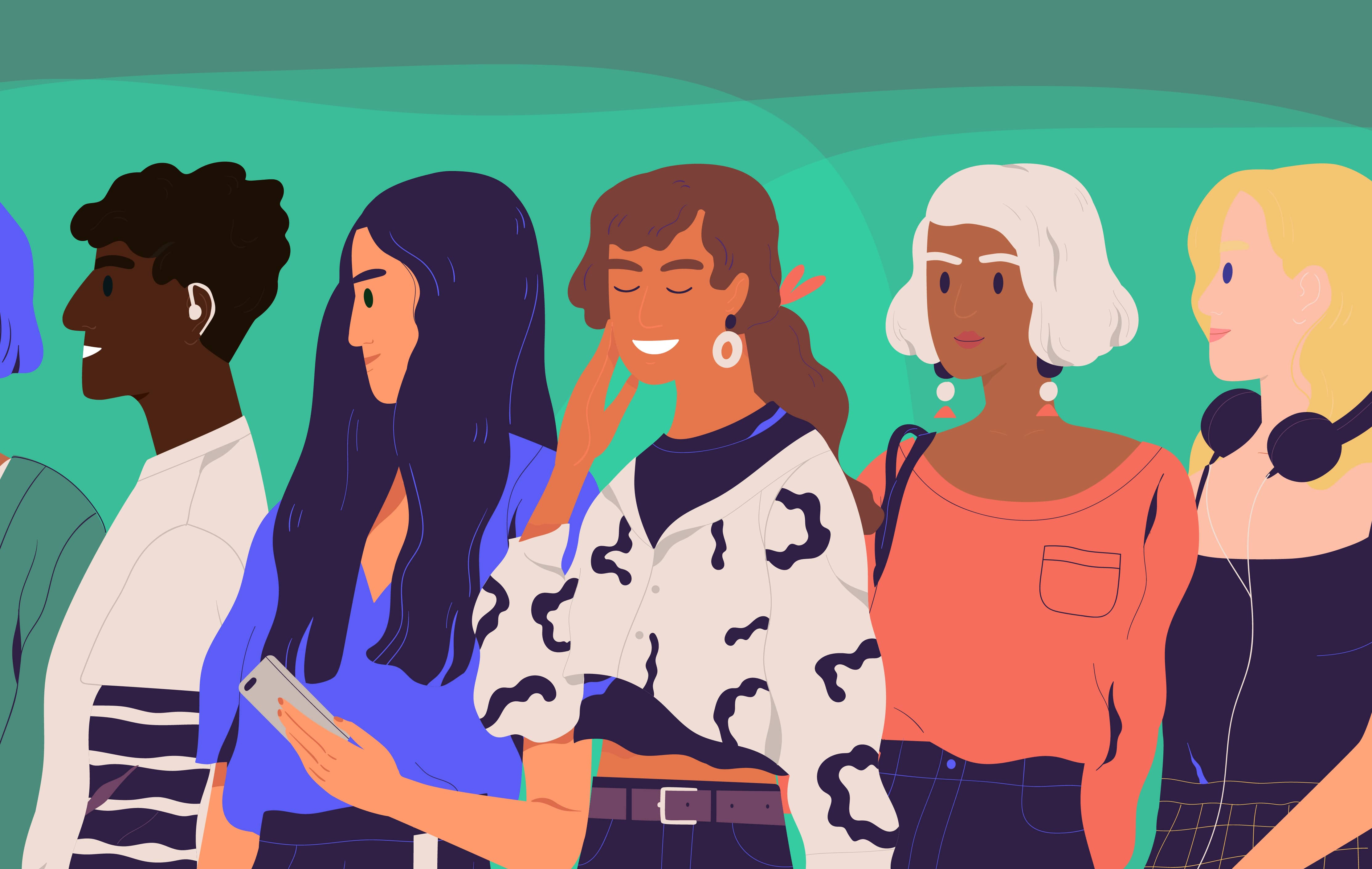Many people are marginalized in public or professional life based on their race, gender, sexual orientation, religion, or ethnicity. Similar experiences of discrimination or exclusion are experienced by people with disabilities, as well.
To rectify these injustices and help create a world where everyone can benefit from the same products, services, and experiences, regardless of disability status, companies and agencies are changing their cultures, hiring practices, and the ways they design in the digital age.
In this spirit, “a11y” has become a globally recognized rallying cry for greater accessibility—the 11 referring to the software engineering convention of shortening long words to the number of letters they use. A11y has transformed into a symbol for increased accessibility, inclusion, and belonging.
But what do each of these related terms mean?
What Is Accessibility?
In the context of digital platforms and the internet, accessibility is about designing systems so that all people are able to enjoy the benefits of online experiences—regardless of whether they live with blindness or low-vision, deafness or are hard of hearing, physical disabilities, mental health challenges, speech and language disorders, or learning and cognitive disabilities.
Accessibility means ensuring everybody can utilize the same products and services. When digital platforms or websites are designed without people with disabilities in mind, large swaths of the population are prevented from fully participating.
For instance, many people with disabilities rely on assistive technologies to augment their digital experiences, combing web pages for text and reading it aloud, or facilitating navigation by exclusively using a keyboard. Consider image-heavy designs that can’t be read by assistive devices, loud animations that overstimulate users, or data forms that time out faster than some people can type.
These are just a few ways poor user design hinders access. However, accessibility is about more than digital user experiences. Accessible web design has larger societal impacts, as well, improving opportunities people with disabilities have for employment, connecting socially, and participating where important decisions are made.
For employers and digital platforms that want to do better, accessibility is only the first step.
What Is Inclusion?
If accessibility is about making sure all people, regardless of disability status or medical need, have the tools necessary to enjoy the same products and services as others—and approach the table, metaphorically speaking—inclusion means ensuring there’s a seat available and opportunities for them to contribute. In other words, inclusion focuses a bit more on how cultural practices and norms foster communities and workplaces where everybody feels they can participate and be heard.
This involves representation, as well as providing opportunities or resources for people who have historically been marginalized or excluded from important realms of society. This includes removing barriers that prevent people with disabilities from fully engaging in any aspect of public life or the workplace.
For instance, greater inclusion entails improving company hiring practices. This means pushing back against the tendency leaders and managers have for hiring people similar to themselves, acknowledging the entrenched biases built into systems which prevent well-qualified candidates from being hired, and the lack of social awareness around language or expectations that can be exclusionary or harmful.
Regarding digital design, inclusion encompasses incorporating features that enhance the ways people with disabilities can see, hear, move, and communicate effectively when experiencing a platform or service.
In concrete terms, this might include a few things, such as using alt text on images, ensuring there’s enough space between text to accommodate people who utilize assistive technology, or employing appropriate topography and font color.
Furthermore, inclusion means people with disabilities are represented in digital spaces. As Susan LoTempio, an advisory board member for the National Center on Disability and Journalism (NCDJ) at the Walter Cronkite School of Journalism and Mass Communication at Arizona State University, who uses a wheelchair, explains: “Digital inclusion also means seeing people like myself pictured on sites; content geared to my concerns and interests and taking care not to be patronizing or insensitive.”
Inclusion is a great goal for any workplace or digital platform, but it’s still not enough.
What Is Belonging?
Accessibility and inclusion are important catalysts for belonging. It might help clarify what belonging means by contrasting tolerance with community.
When you tolerate somebody being at the same table as you, it means you’re not actively preventing them from being there or making a fuss about them joining. This tolerance can range from indifference to tempered disdain, or choosing not to vocalize the problems you may have with them being present.
Alternatively, community implies creating a sense of acceptance, support, and social bonding. This is what belonging aims to do.
So, if accessibility ensures everybody has the means or tools to reach the table, and inclusion guarantees a seat and relevant opportunities, belonging encourages an emotionally and socially supportive space where each person feels welcome and valued.
It’s easy to tell the difference between when you feel merely tolerated and when you belong.
A11Y at Salesforce
Justin Lacap, an event supervisor at Salesforce and a person who stutters, recounts his experience with finding a sense of belonging.
“Even at my previous jobs,” he recalls, “I never felt comfortable disclosing this part of myself. This past year was my first time sharing my story out in the open, and with the world.
“After being with Salesforce for about two years now, I’ve really felt like I am able to be myself in the [Salesforce] community and ecosystem,” he continues. “I really have found a home, and a tribe I can relate to, and that’s super important to me.”
A11y continues to gain momentum, but it will take a sustained effort by each of us. By establishing hiring practices and designing with and for people with disabilities in mind, not only can our companies be more inclusive and accessible, but we can foster communities where everybody experiences a deep sense of belonging.






Leave a Comment